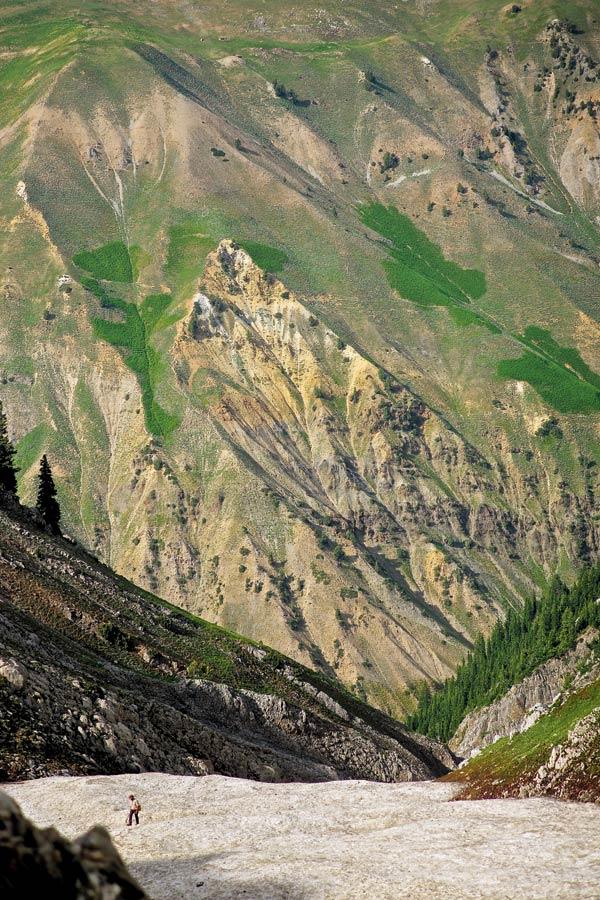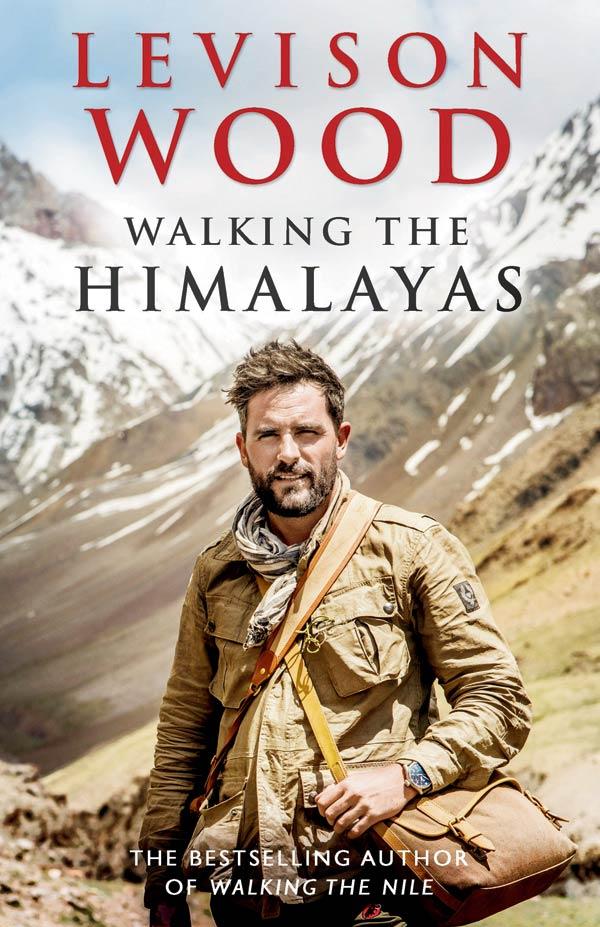British writer Levison Wood recalls his experience of walking through five countries – from Afghanistan to Bhutan — in the lap of mountains

 Q. Why did you choose the Himalayas? What was your motivation?
Q. Why did you choose the Himalayas? What was your motivation?
A. During my gap year between school and university, I spent some time travelling around Nepal. It was 2001 and the country was in the midst of a civil war. One afternoon, when I was sitting in an Internet café in Pokara, the owner burst in, pulling down the shutters and shouting something desperately in Nepali. A few minutes later, I heard gunfire. There was a violent protest against the current government and it had escalated into a riot. I was wondering what to do next when I met Binod, a Nepali man about my age, who took me under his wing and helped me until I could leave Nepal, which was becoming a war zone. I had no money but promised Binod that I would return to thank him for his kindness. So, 14 years later, when asked where I wanted to walk next, the Himalayas seemed like an obvious choice and Binod ended up walking part of the route with me.
ADVERTISEMENT

Levison trekked up a two-mile icefall from the Gurez valley in Jammu and Kashmir
Q. You have mentioned that walkers on this route have always shared a bond. Could you elaborate?
A. It’s impossible to not get close when you are experiencing hardships and challenges every day together. Binod and I had a bond from our first meeting in 2001, one that only became stronger. On a philosophical note, if you walk, you are much more a part of everyone else going from A to B the same way, and you are viewed as a fellow traveller. It is easier to talk to people and learn their stories.
 The Hanging bridge of Passu in Pakistan. Pics courtesy/ Walking the Himalayas published by hachette
The Hanging bridge of Passu in Pakistan. Pics courtesy/ Walking the Himalayas published by hachette
Q. How did you perceive the change of cultures as you moved through different countries?
A. When people in the UK think of the Himalayas, they tend to picture only Mount Everest, but the whole range is incredibly diverse. The only thing that people of Afghanistan have in common with the people of Bhutan is that they are in the shadow of the mountains. In some areas, people were living a way of life that hadn’t altered for hundreds of years, whereas in others, the sons and daughters of nomads had ambitions to work in the IT sector. My motivation in doing the walks is to meet people and visit the various cultures and traditions I find along the way. I don’t walk to break world records, or to do it quicker than anyone else — I walk because I am interested in people and the countries themselves.

Walking The Himalayas, Levison Wood, Hachette, Rs 699. Available at leading bookstores and estores
Q. What made you take up travel and writing after serving in the army?
A. After I left the regular army, many of my friends went off to work in offices in cities, which was never something I was interested in. I always had an interest in travel writing and photography and ended up setting up a travel guide company, which I ran for five years, before I was approached to make Walking the Nile for Channel 4 in Britain. I have always read books by and about famous travellers — Burton, Speake, Livingstone and Eric Newby, Redmond O’Hanlon — and it seemed to me that if I could travel, write books and take photographs, that would be my ideal way of life. So far it is going very well.
 Subscribe today by clicking the link and stay updated with the latest news!" Click here!
Subscribe today by clicking the link and stay updated with the latest news!" Click here!






